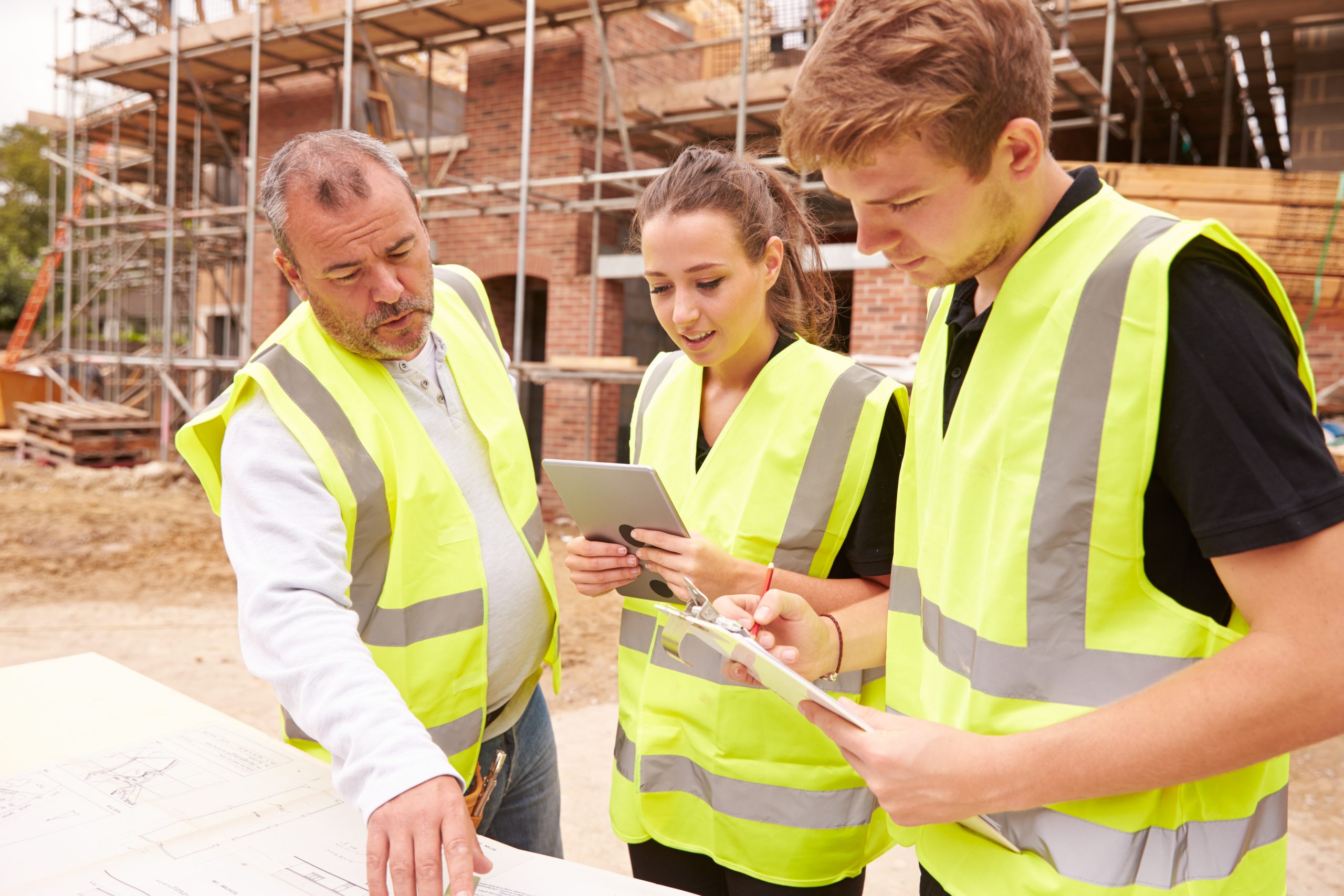Debunking H&S myths and misconceptions
Oct 15, 2025

We hear myths and misconceptions about health and safety all the time. Let’s set the record straight on some of the most common ones we hear.
H&S admin takes too long on-site, it slows us down.
Back in the day we’d agree with you on this one, however times have changed. With a digital system (*cough*, HazardCo), you can complete your health and safety quickly and easily.
Did you know our members reduced health and safety admin time by 50% when they switched from paper systems? Our easy to use App will guide you through what needs to be done to ensure you’re on top of your health and safety.
Safety costs too much money.
The real cost is when someone gets hurt. ACC levies, time off site, replacing injured workers, potential prosecution, and damage to your reputation all add up fast. Investing in safety upfront actually saves money in the long run.
I’m not going to have an incident on-site, I’ve been doing this for years and know what I’m doing.
Just because you haven’t had an incident on-site for a while doesn’t mean it can’t happen. The more often you’re around the same risk, the easier it is to ignore it, but the danger is still there.
Construction sites are always changing, and with every stage of the build, new hazards can show up. That’s why it’s important to regularly check your safety measures and adjust them when needed, so you and your mates can keep working safely.
HazardCo members are proven to be four times as safe as the industry average, with tools that make it easy to stay on top of health and safety at all times. Learn about the common incidents on-site and how to reduce the risk.
If I report everything, I’ll look incompetent.
Actually, it’s the opposite. Reporting hazards, near misses, and incidents shows you’re taking safety seriously and being proactive. WorkSafe NZ and clients respect businesses that are transparent and actively managing risk.
It’s fine for me to use the same safety plan on all my sites because the houses I build are really similar.
Each Safety Plan must be specific to the site.
Sure, some key hazards and risks will be the same across projects, therefore certain content may remain the same from project to project however, it’s essential that a site specific safety plan (SSSP) is created, reviewed and amended for each project.
It’s up to the contractors and subbies on-site to make sure they are safe, it’s not up to me as the building company.
On construction sites, the main contractor has overall responsibility for managing health and safety, but many businesses and people also share duties, from contractors and suppliers to building owners.
This means tasks like managing risks, consulting workers, providing training, reporting incidents, first aid, and emergency planning must be coordinated between all parties. Everyone involved has a legal duty of care, so it’s essential to consult, cooperate, and communicate clearly.
Setting safety expectations in contracts, preparing a Site Specific Safety Plan (SSSP), carrying out inductions, using tools like the HazardCo App for reporting and monitoring, and holding regular toolbox talks all help ensure workers are protected and legal obligations are met.
Inductions are a waste of time, everyone knows what they’re doing.
Every site is different. Even experienced workers need to know site-specific hazards, emergency procedures, hygiene facilities, and who’s in charge of what. A proper induction could prevent a serious incident on day one.
PPE solves everything.
PPE is the last line of defence, not the solution. The hierarchy of controls shows us we should eliminate or isolate hazards first. Hard hats and hi-vis are important, but they don’t fix poor planning, unsafe site conditions, or inadequate training.
I don’t need to report or investigate near misses, as nothing happened.
A near miss is an incident that could have caused harm but didn’t, and it’s just as important to report and record as an actual injury. Too often these are brushed off, but treating them seriously helps identify risks before they turn into something worse.
By encouraging near miss reporting, businesses can spot patterns, improve safety controls, and build a culture of open conversations about health and safety.
Using tools like the HazardCo App makes reporting quick and easy, adds incidents to a digital register, and allows them to be reviewed and discussed at toolbox meetings.
The more near misses are reported, the better prepared everyone is to prevent serious incidents and keep people safe on-site.
Remember, WorkSafe NZ may need to be notified of serious near misses too, not just actual incidents.
I don’t need to worry about managing ‘Health’ when it comes to Health and Safety on-site.
Health is often overlooked in construction, but it’s one of the biggest reasons workers take time off and businesses face extra costs.
Physical risks like heavy lifting, repetitive movements, awkward postures, or long hours can lead to musculoskeletal injuries (muscle and joint injuries) such as sprains, strains, and back or joint pain. These injuries can build up over time and account for around half of all ACC claims in construction.
On top of that, construction workers face health hazards like dust, chemicals, and noise, which is why monitoring workers’ health is so important. Poor health on-site affects not just the worker but also deadlines, team morale, and project costs. By planning tasks properly, rotating jobs, using the right equipment, and monitoring risks, businesses can keep workers safe, healthy, and more productive.












